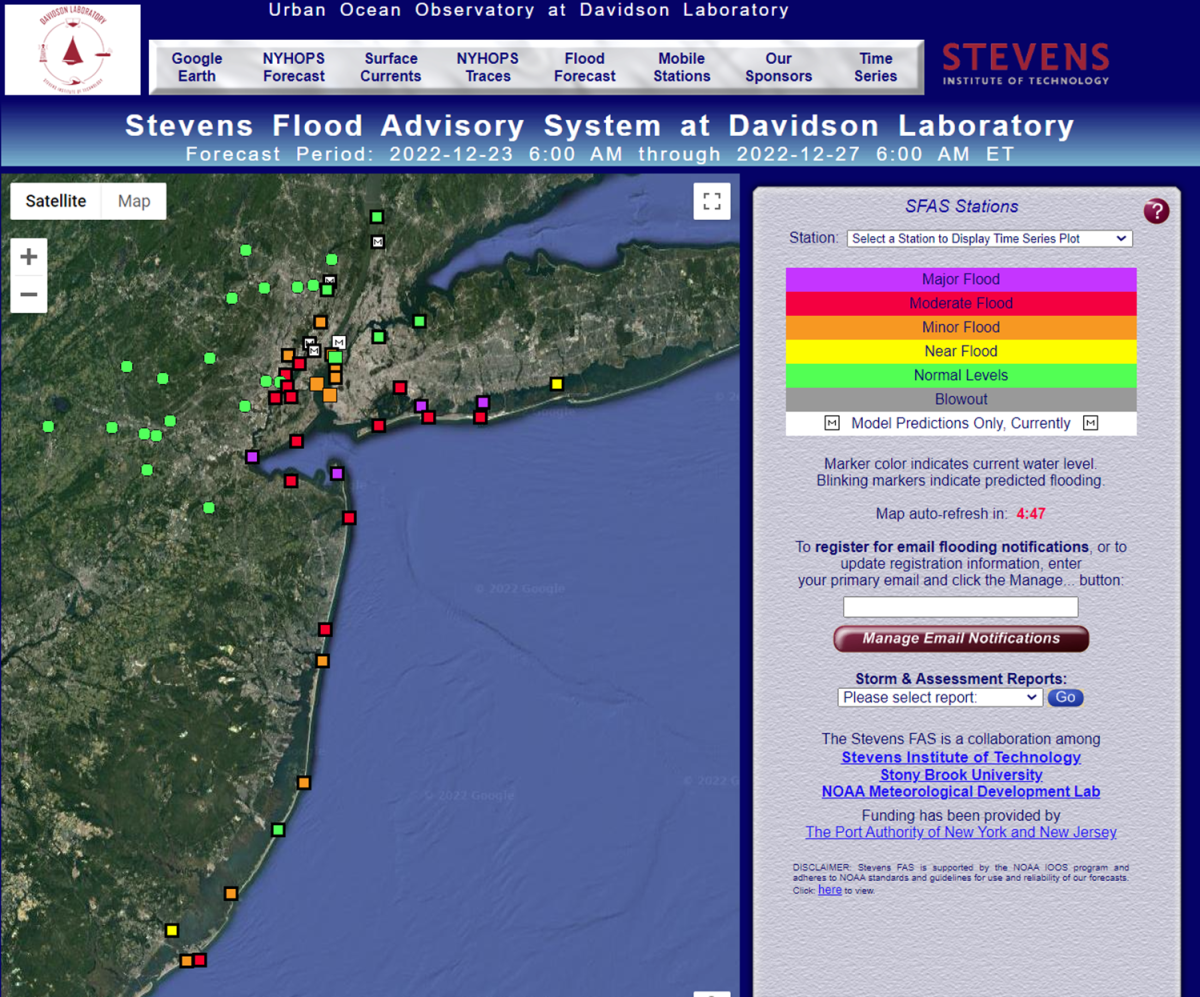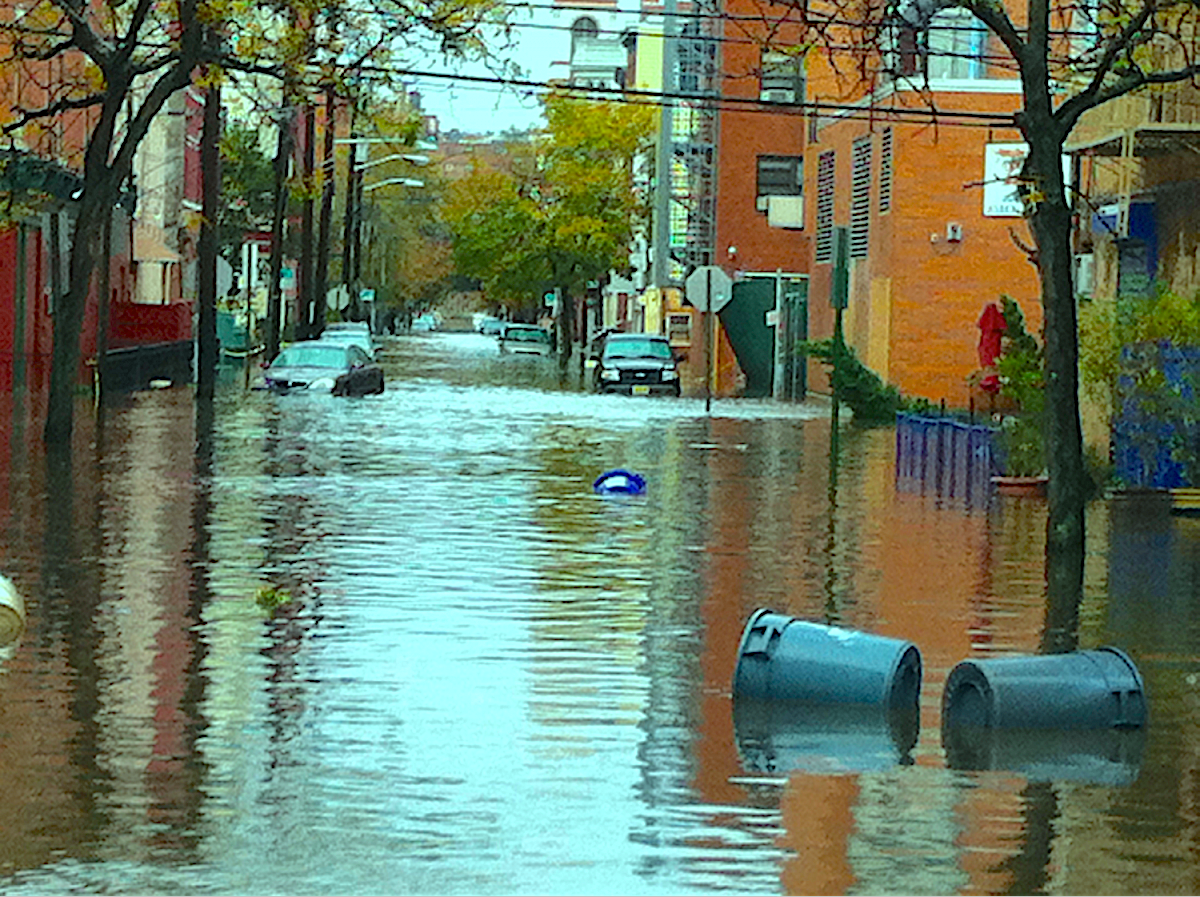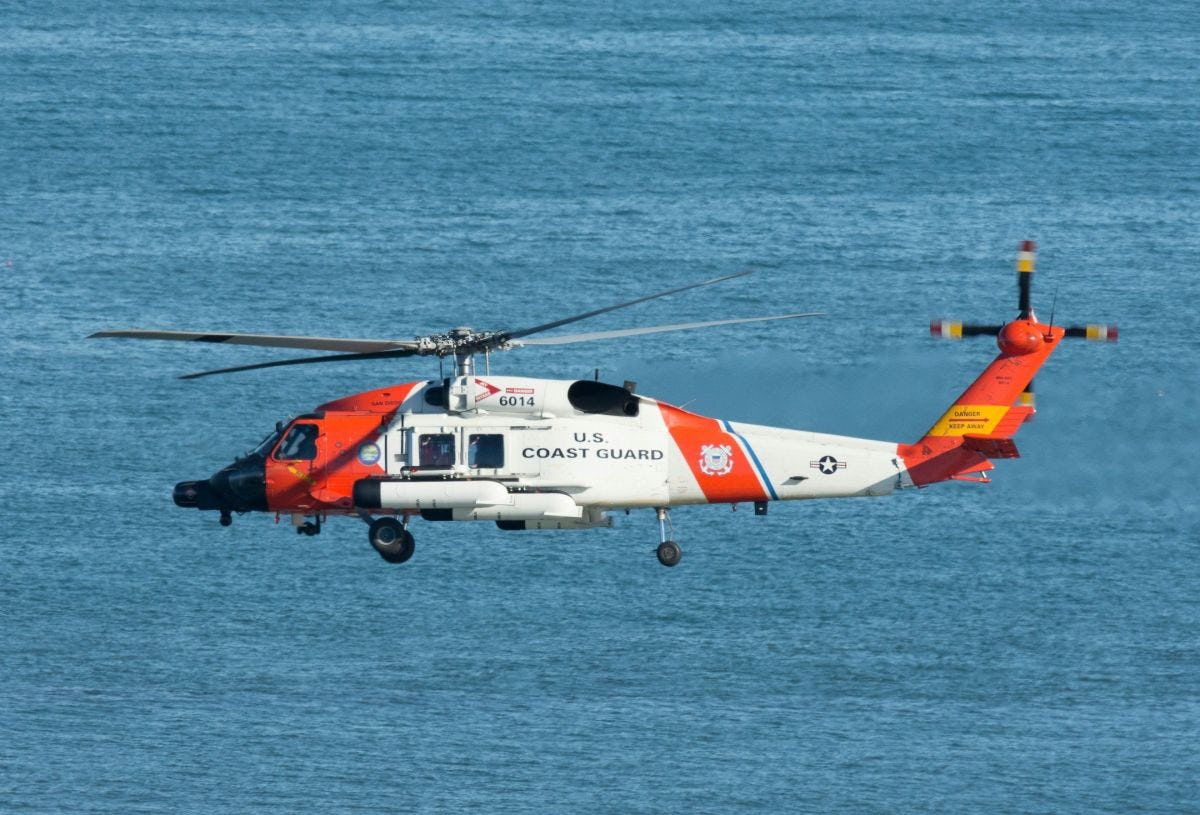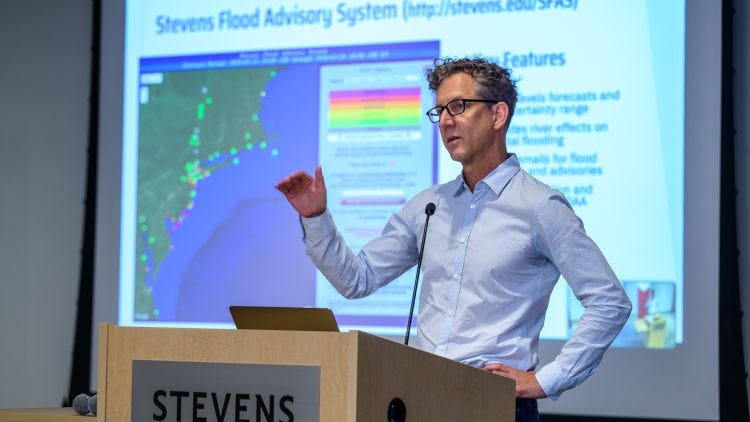Nearly $1 Million in New Federal Funding for Stevens Flood-Prediction Research
Funding will help create new coastal preparedness system
Stevens has secured nearly $1 million in added federal funding to enhance and expand its leading-edge flood-prediction and emergency preparedness systems and benefit New Jersey residents, the university announced — building upon Stevens’ legacy of working closely with coastal communities, municipalities and state agencies.
The $900,000 funding allocation is part of the Fiscal Year 2024 Commerce, Justice, Science, and Related Agencies appropriations bill signed into law by U.S. President Joe Biden earlier this month. U.S. Congressman Robert Menendez (NJ-08) and Senators Cory Booker (D-NJ) and Bob Menendez (D-NJ) were key in the effort.
“We sincerely thank our members of Congress for their hard work in securing this critical support for Stevens, which will help make New Jersey communities safer and protect property and lives,” said Muhammad Hajj, director of Stevens’ Davidson Lab, which leads the university’s resiliency research.
The funding will be used to acquire equipment and sensors that will collect data aimed at benefitting New Jersey communities, Hajj explained, by helping predict coastal storm impacts, validating the accuracy of models, assessing damage after storms and — importantly — developing best-practice mitigation strategies for future hazards to New Jersey’s coastal regions, including significant regional population centers such as Hoboken, Jersey City and Bayonne.
“This funding will allow us to leverage our expertise in assessing and monitoring coastal hazards to create a one-of-a-kind multi-platform, rapidly deployable, coastal extreme event-observing system,” he noted.
“By collecting critical, perishable data before, during and after extreme coastal events, we will be able to validate the accuracy of our predictive models towards developing best practices for mitigation strategies of future hazards to coastal regions.”
Surveying coasts from air, land and sea
In 2023, Stevens previously received $1 million in federal funding to enhance the supercomputing resources that support its prediction and monitoring systems.
The university currently produces sophisticated four-day advance flood prediction for regional partners such as the Port Authority of New York & New Jersey, via the Stevens Flood Advisory System, and collaborates on resiliency research and advisement with federal agencies including FEMA, NOAA, the U.S. Geological Survey and municipalities including New York City.
Stevens’ current-monitoring data are also consulted regularly by the U.S. Coast Guard, aiding in hundreds of life-saving search-and-rescue missions each year.
This new federal funding package will be used to establish the Stevens Extreme Event Coastal Preparedness and Response System (SEECPRS), a new assessment and warning system that will build upon Stevens’ existing sensor networks and prediction tools.
The university will acquire four aerial drones packing hyperspectral imaging cameras and LiDAR systems for imaging coastal damage; two seagoing drones, both equipped with real-time GPS and multibeam sonar systems; two vehicle-mounted LiDAR systems; and additional ultrasonic sensors, cameras and data-streaming gateways for deployment in selected vulnerable coastal areas across New Jersey. The equipment will measure and disseminate observations of flood inundation in real time.
“Stevens will also engage various community groups and state agencies in decision-making about the best ways to use the collected data from this new equipment and these new sensors,” noted Hajj. “Local communities and planners will be able to use this data to plan and undertake new projects locally that protect, preserve, restore and enhance the region’s coastal areas and resources.”
Davidson Lab researchers Jon Miller, Laura Kerr, Marouane Temimi, Philip Orton, Raju Datla, Mahmoud Ayyad, and David Runnels were integral in the effort to secure the funding and in building and maintaining the observation and warning systems, added Hajj.






